When the water heats up, the washing machine turns off
 Sometimes there are interruptions in the operation of any washing machine. The device may simply turn off once when using some function, and then start working again without any complaints - this is a common practice. But what to do when the washing machine refuses to work every time, and even when using a fundamentally important function? If the washing machine turns off when the water heats up, you need to take immediate action.
Sometimes there are interruptions in the operation of any washing machine. The device may simply turn off once when using some function, and then start working again without any complaints - this is a common practice. But what to do when the washing machine refuses to work every time, and even when using a fundamentally important function? If the washing machine turns off when the water heats up, you need to take immediate action.
Let's pay attention to the heating element
Modern washing machines are very “smart”, so regular shutdowns almost certainly indicate that a problem has occurred and a protective mechanism is triggered. And since a shutdown occurs during heating, first of all, attention should be paid to the tubular electric heater or, more simply, the heating element, which is responsible for heating the water.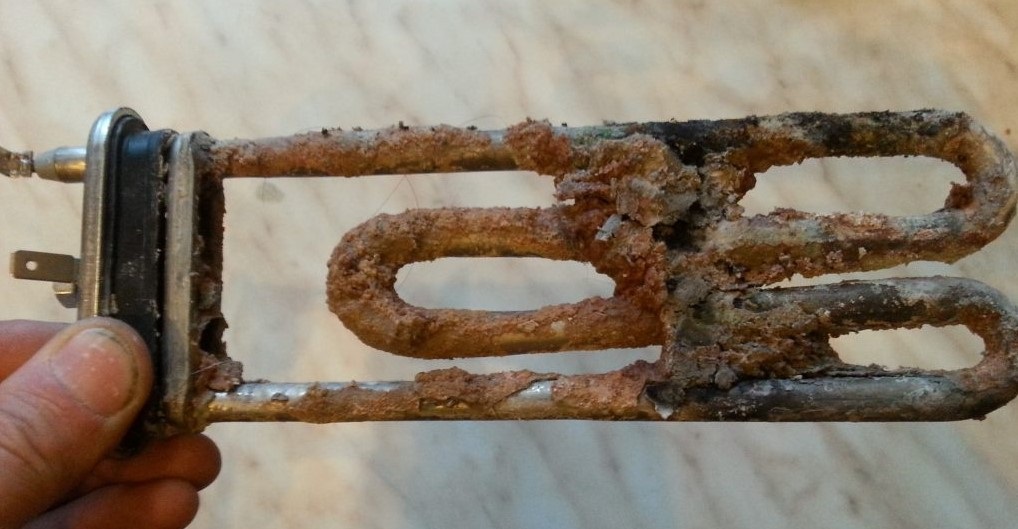
This part suffers extremely from scale, and the more of it, the larger the heating element itself becomes and the more it is caught by the rotating drum. A piece of scale that has fallen off can get stuck between the drum and the heating element, which can ultimately lead to a breakdown of the latter.
Important! The heating element runs on electricity, so its breakdown or malfunction can lead to a short circuit. To prevent this from happening, the machine stops working and the protective system is activated.
Occasionally, the cause of the problem may be faults in other parts, but this happens only in 7% of cases, so you need to start studying the problem with the electric heater.
Testing and changing the heating element
To check the heating element, you must first get to it. It's easy to do it yourself. Disconnect your washing machine from the power supply and water supply.If it is against the wall, move it aside and turn the back wall towards you (except for Samsung machines, there is no need to turn the unit around).
Unscrew the screws holding the back panel, remove it and inspect the inside of the machine. The heating element is usually located in the lower part, immediately under the tank. As for Samsung machines, their heating element is located in the front and in order to get to it, you need to remove the front panel.
To provide yourself with free access to the heating element, you need to remove the drive belt from the pulley. Now inspect the contacts of the heating element, the thermistor and the wires connected to them. Before you begin your inspection, take photographs of all connections! Now you can start testing the part.
- Disconnect the wiring.
- Set the multimeter to “Resistance” mode and set the value to 200 Ohms.
- Connect the multimeter leads to the heater terminals.
- Take readings.
Normally, the values on the multimeter should be in the range from 26 to 28. If you see 0, then a short circuit has occurred. If 1, the winding inside the device has broken. In both cases, you can’t do it on your own – you need professional repairs. Next, you need to check whether the body of the part is broken. To do this, set the multimeter to buzzer mode and attach the probes to the body. A squeak upon contact indicates a current leak; the part will have to be replaced.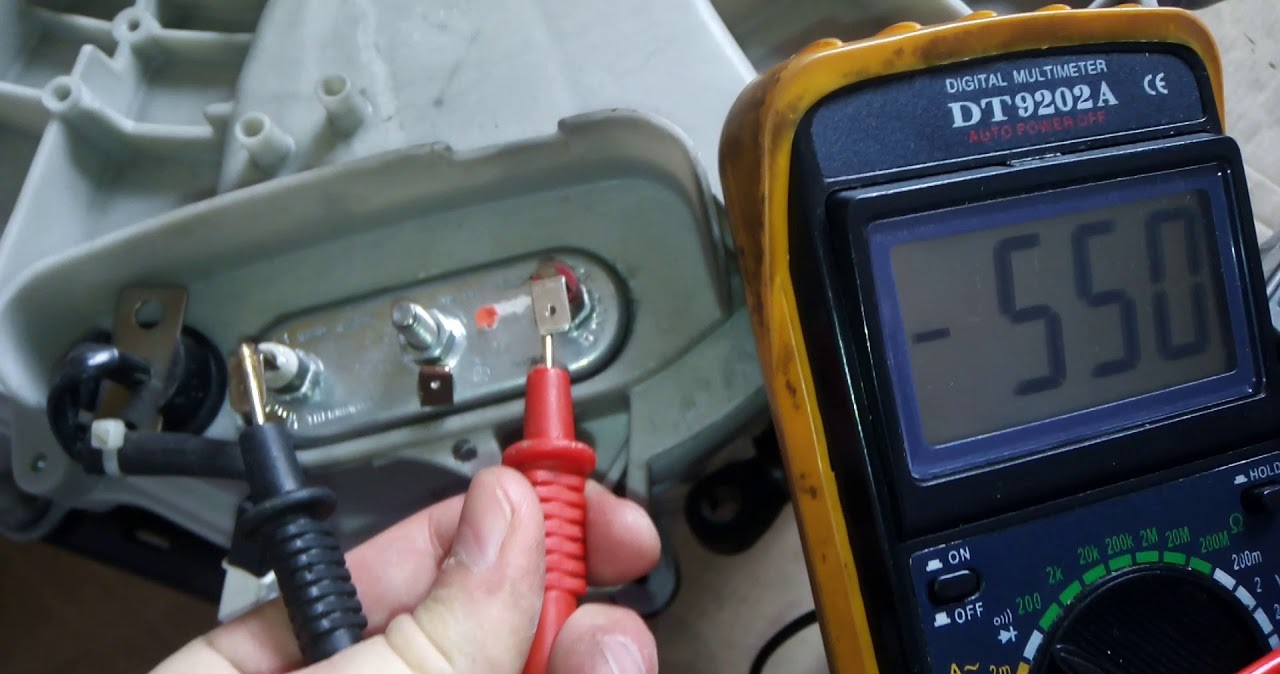
To replace the heating element, you need to dismantle the old part. To do this, loosen the central nut and disconnect the thermistor. What to do if the rubber gasket is swollen and does not allow you to disconnect the device:
- lubricate the gasket with WD-40 aerosol lubricant;
- after 15-20 minutes, remove the remaining substance;
- gradually rocking the heater, remove it from the groove.
You can choose the right new part by the markings on it or by the serial number of the washer. The easiest way is to come to the store with an old heating element and ask the consultant to pick up the same one. Before installing the part, it is recommended to clean the seat from plaque and scale. To reassemble the washer after repair, perform the same steps in reverse order.
Interesting:
1 reader comment



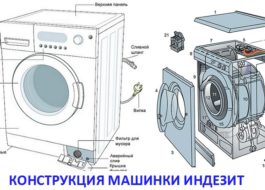

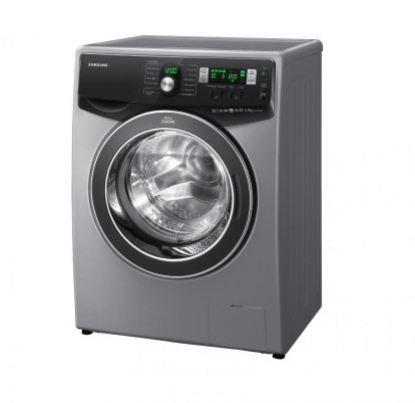
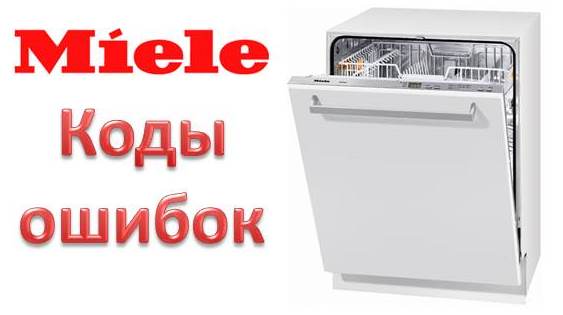














They called me and it turned out to be a Samsung washing machine. She heated the water to a boil, even though I set it to 30 degrees. The heating element was in working order. I changed the temperature sensor, although there was no original one, and installed another one. It worked, then I left, then the owner of the washing machine called and said that the same song was happening again. I went, removed the board, and checked. There was nothing, they said it was the temperature sensor, but my family couldn’t find it. Let's see what happens.